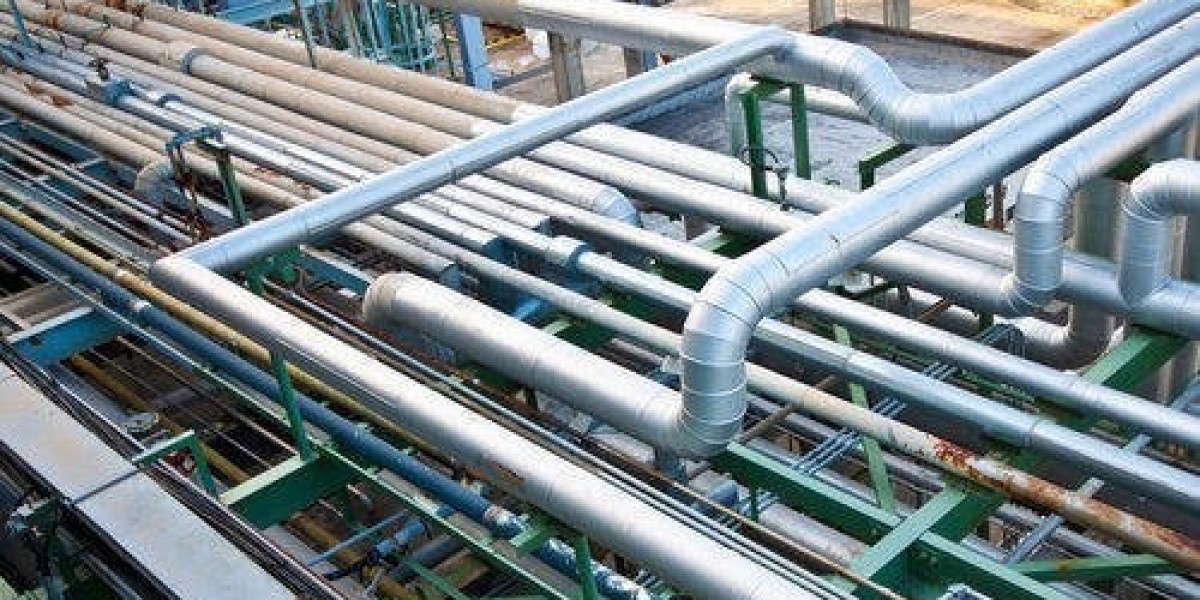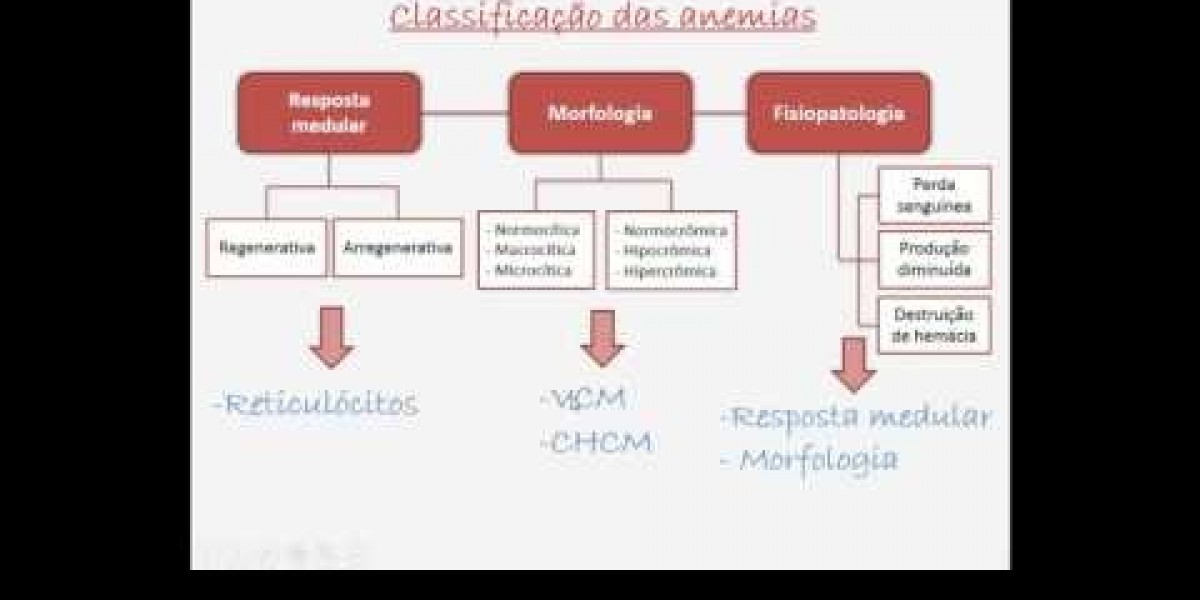In the world of industrial and commercial construction, success hinges on efficiency, accuracy, and cost control. Whether you’re installing complex HVAC piping systems in a high-rise or fabricating large-scale process piping in a manufacturing plant, every phase of the project depends on a solid financial and logistical foundation.
That foundation starts with one critical step: estimating.
Today, many contractors are turning to piping estimating services to streamline operations, reduce risk, and maximize project success. In this article, we explore how these services play a pivotal role in managing time, budget, and scope for industrial and commercial piping projects.
What Are Piping Estimating Services?
Piping estimating services are specialized solutions that deliver accurate cost projections for all aspects of a piping system. These estimates include:
Material takeoffs: Pipes, fittings, valves, hangers, insulation
Labor hours and productivity rates
Equipment and tool requirements
Prefabrication and installation costs
Testing, inspection, and commissioning expenses
Professional estimators use software, industry databases, and experience to develop precise, itemized estimates tailored to the specific project scope and site conditions.
Why Accuracy Matters in Industrial and Commercial Piping
In both industrial and commercial settings, piping systems are central to performance and safety. Miscalculating even a single segment of piping can result in:
Cost overruns
Delays in procurement
Shutdowns or rework
Compliance failures
Safety hazards
Because of this, contractors can’t afford to rely on rough estimates or general assumptions. That’s where piping estimating services come in.
1. ? In-Depth Project Analysis
Outsourced estimating professionals begin by reviewing:
Construction drawings and specifications
Isometric diagrams and P&IDs
Site access limitations
Project schedule requirements
This detailed analysis ensures nothing is overlooked—from underground piping and risers to specialty materials or connection methods.
Benefit:
Early-stage insights into project scope help identify risk areas, missing details, or cost drivers before bids are submitted or work begins.
2. ? Accurate Material Takeoffs
Material procurement in large-scale piping projects is complex. Estimating services provide:
Pipe lengths by diameter and material
Quantity of fittings, valves, flanges, and supports
Required insulation and accessories
Waste factors and overage calculations
These itemized takeoffs prevent under-ordering or overstocking and simplify vendor negotiations.
Benefit:
Contractors can place accurate bulk orders, reduce waste, and stay within budget.
3. ⏱️ Realistic Labor Forecasting
Labor is often the largest cost in piping projects. Estimating services break down labor by:
Task (cutting, welding, threading, hangers, testing)
Pipe type and diameter
Work environment (e.g., overhead, tight spaces, confined areas)
They use industry benchmarks and adjust for site-specific productivity factors, giving contractors a clear understanding of man-hour needs.
Benefit:
Better crew planning, reduced idle time, and minimized overtime costs.
4. ?️ Equipment and Tool Allocation
Large commercial and industrial projects require specialized equipment, such as:
Welding machines and pipe threaders
Lifts and scaffolding
Hydrotest and flushing systems
Estimators include these costs in the budget and timeline, ensuring that tools are available when needed.
Benefit:
Avoid delays caused by missing or under-planned equipment rentals.
5. ? Transparent Budgeting and Reporting
Piping estimating services produce clear, professional reports that outline:
Total estimated cost
Breakdown by system or area
Labor hours per phase
Material lists and pricing
These reports can be used internally or submitted as part of formal bids to clients or general contractors.
Benefit:
Improves trust and credibility with stakeholders and simplifies project approvals.
6. ? Integration With Project Management Tools
Many estimating firms offer digital files compatible with:
Project management platforms (Procore, Buildertrend)
Procurement systems
Accounting software
This seamless handoff reduces manual entry, eliminates data duplication, and accelerates workflows from estimate to execution.
Benefit:
Speeds up the transition from pre-construction to field operations.
7. ⚙️ Supports Prefabrication Planning
Prefabrication is increasingly used in industrial and commercial piping projects to reduce on-site labor and improve quality. Accurate estimates identify:
Which segments can be prefabricated
Necessary shop labor and transport costs
Welded vs. mechanical connection methods
Benefit:
Streamlined prefabrication schedules and fewer surprises during installation.
8. ? Enhanced Decision-Making and Bid Strategy
With detailed estimates in hand, contractors can:
Evaluate project profitability before bidding
Submit competitive, realistic bids
Prioritize high-value projects over risky or low-margin work
Benefit:
Improved decision-making leads to a healthier project portfolio and stronger margins.
9. ? Scalability Across Multiple Projects
For firms managing several concurrent jobs, estimating services provide scalable solutions. Whether you're bidding one $2M hospital retrofit or five small commercial builds, estimators can handle volume without compromising quality.
Benefit:
More bids, faster turnaround, and consistent quality—without overloading your internal team.
10. ? Risk Reduction and Compliance
In industrial sectors like oil & gas, pharmaceuticals, or food processing, safety and compliance are non-negotiable. Estimators familiar with these standards ensure:
Inclusion of required safety measures
Budgeting for inspections and QA/QC processes
Code-compliant material selection (ASME, ASTM, ANSI)
Benefit:
Fewer change orders, reduced compliance risks, and better project delivery outcomes.
Final Thoughts
Industrial and commercial piping projects are highly complex, and the margin for error is slim. From materials and labor to equipment and compliance, the sheer number of variables involved can quickly overwhelm even experienced teams.
By outsourcing to a professional piping estimating service, contractors gain a powerful ally in managing these complexities. The result? Faster, more accurate bids, improved resource allocation, and smoother project execution—on time and within budget.































